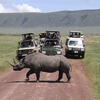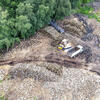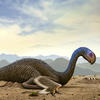You are here
The Mysterious Steles of Mongolia
01.04.2019, by
Nearly a thousand ornamented steles dot the Mongolian steppes. These “deer stones” were erected between 1200 and 800 BC, and are part of large funerary complexes built by nomads from the Karasuk culture or Deer stone civilisation.
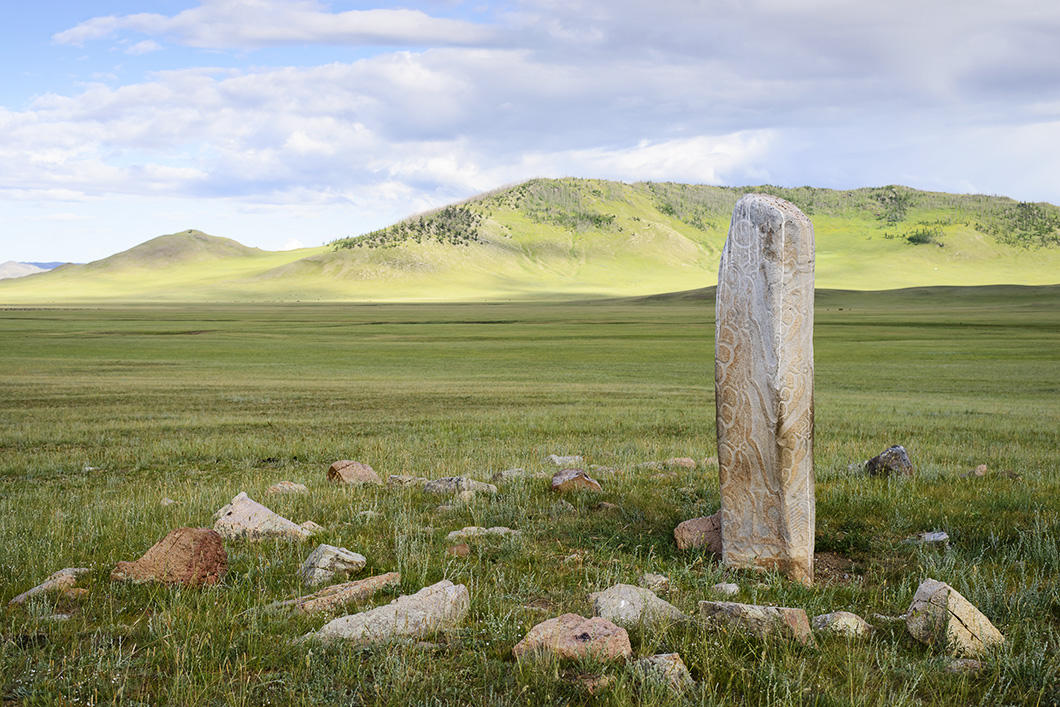
1
Slideshow mode
The Tsatsyn Ereg necropolis, located in Arkhangai Province, is being studied by an international team as part of a joint archeological mission between Monaco and Mongolia, under the direction of the Musée d’Anthropologie préhistorique de Monaco and the Mongolian Academy of Sciences. One hundred and thirteen deer stones have been found on this site measuring 200 square kilometers.
Fabrice Monna/MAP-MC/Traces/ARTeHIS/CNRS Photothèque
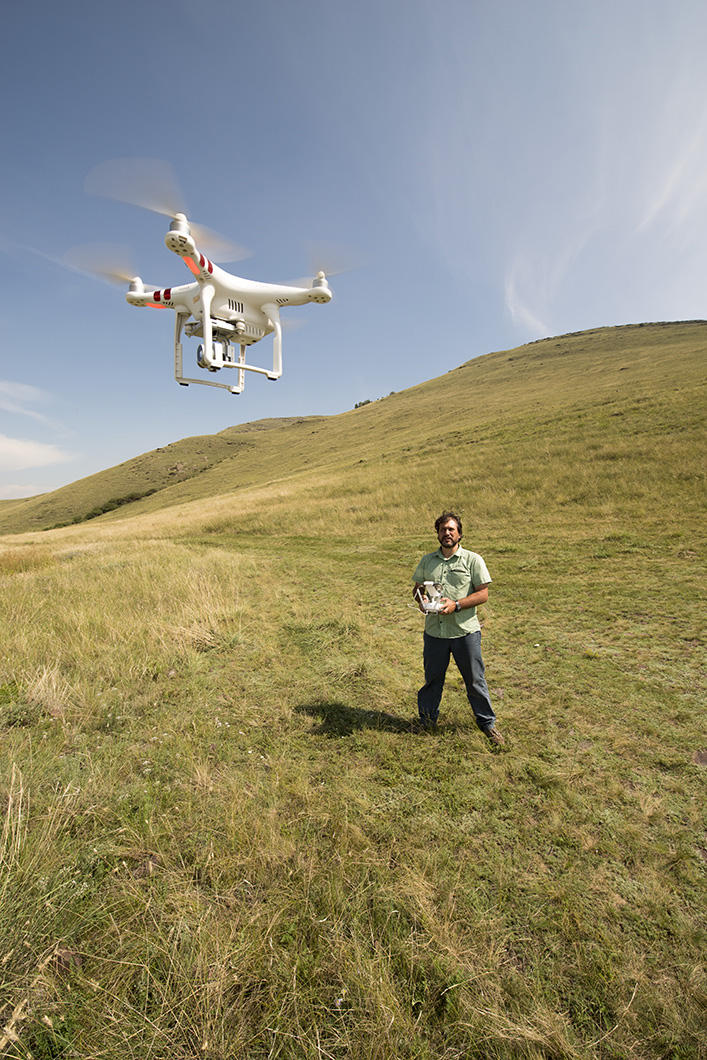
2
Slideshow mode
The anthropologist Jérôme Magail, who is leading the mission, used ground-based and drone photogrammetry to accurately document the steles and associated archeological structures in order to create a 3D reconstruction. This was done by taking dozens of pictures of the object from various angles, which are then assembled by specialized software.
Fabrice Monna/MAP-MC/Traces/ARTeHIS/CNRS Photothèque
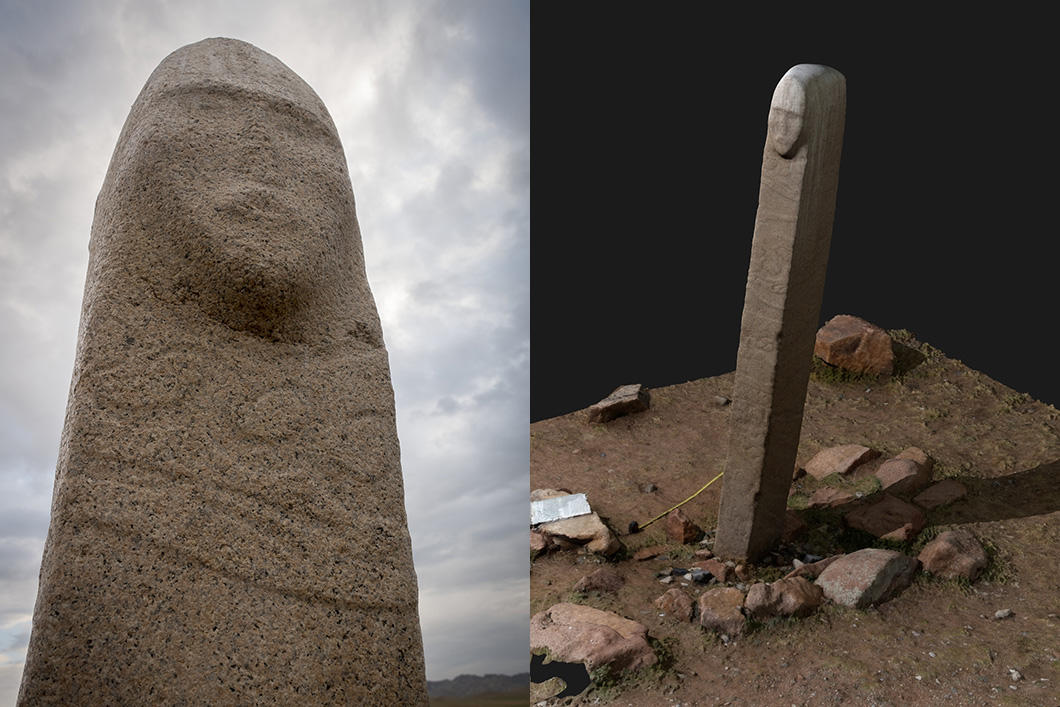
3
Slideshow mode
Located 250 kilometers from Tsatsyn Ereg, this extremely rare stele with an anthropomorphic head, measuring 2.6 meters in height, was modeled in 3D. It can now be studied more easily and shared with other scientists.
Fabrice Monna/MAP-MC/Traces/ARTeHIS/CNRS Photothèque
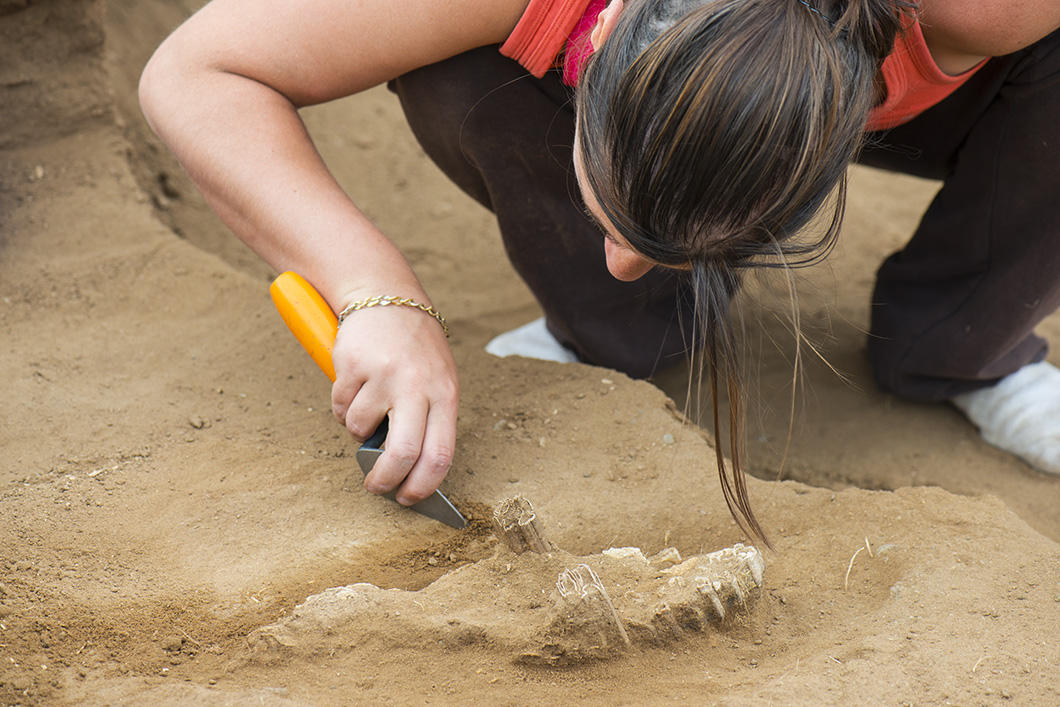
4
Slideshow mode
The “deer stones” of Mongolia are part of multi-hectare funerary complexes, and are surrounded by hundreds of stone grave mounds. A horsehead was left beneath each mound. Here we see the remains of a skull.
Fabrice Monna/MAP-MC/Traces/ARTeHIS/CNRS Photothèque
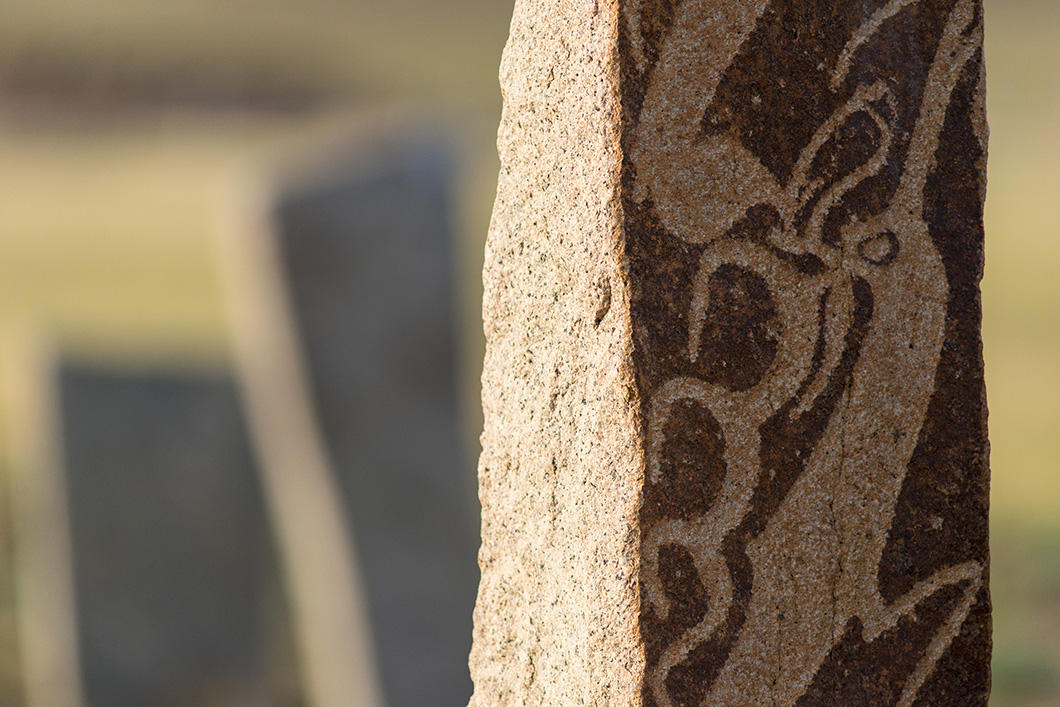
5
Slideshow mode
The representation of deer follows the same graphic codes from one site to another: elongated muzzle, disproportionate antlers, bodies stretched toward the sky. Deer were probably tasked with leading the souls of the dead toward the afterlife.
Fabrice Monna/MAP-MC/Traces/ARTeHIS/CNRS Photothèque
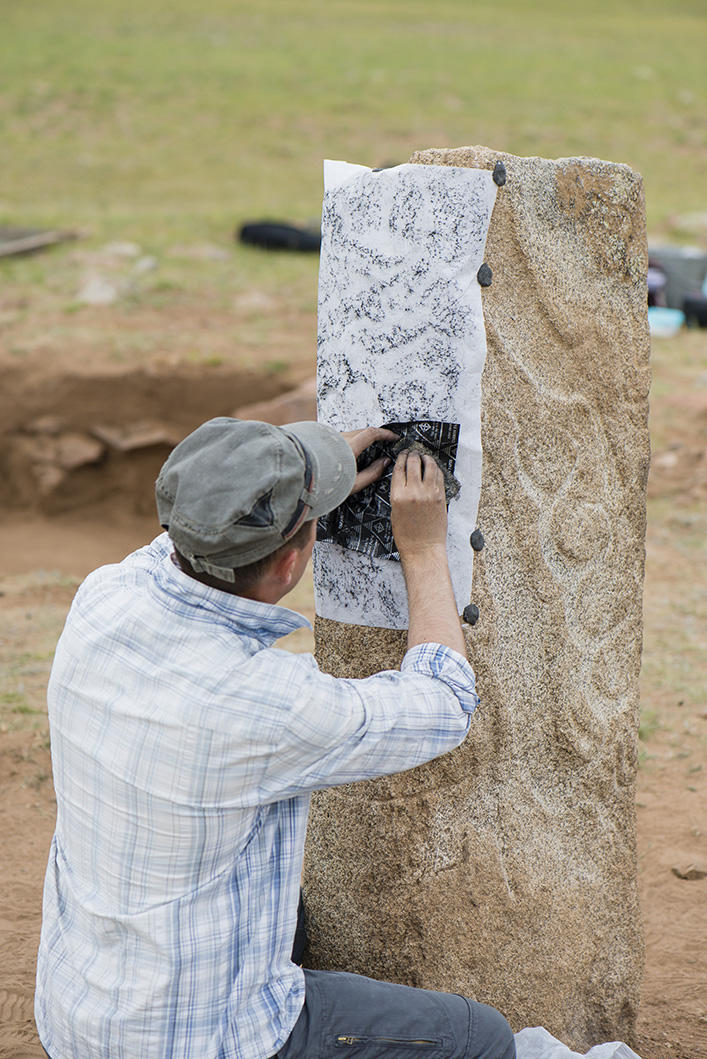
6
Slideshow mode
Photogrammetry is complemented by a method called estampage: a white sheet is attached to the stele, a sheet of carbon paper is placed on top, and gentle rubbing reveals the roughness of the surface.
Fabrice Monna/MAP-MC/Traces/ARTeHIS/CNRS Photothèque
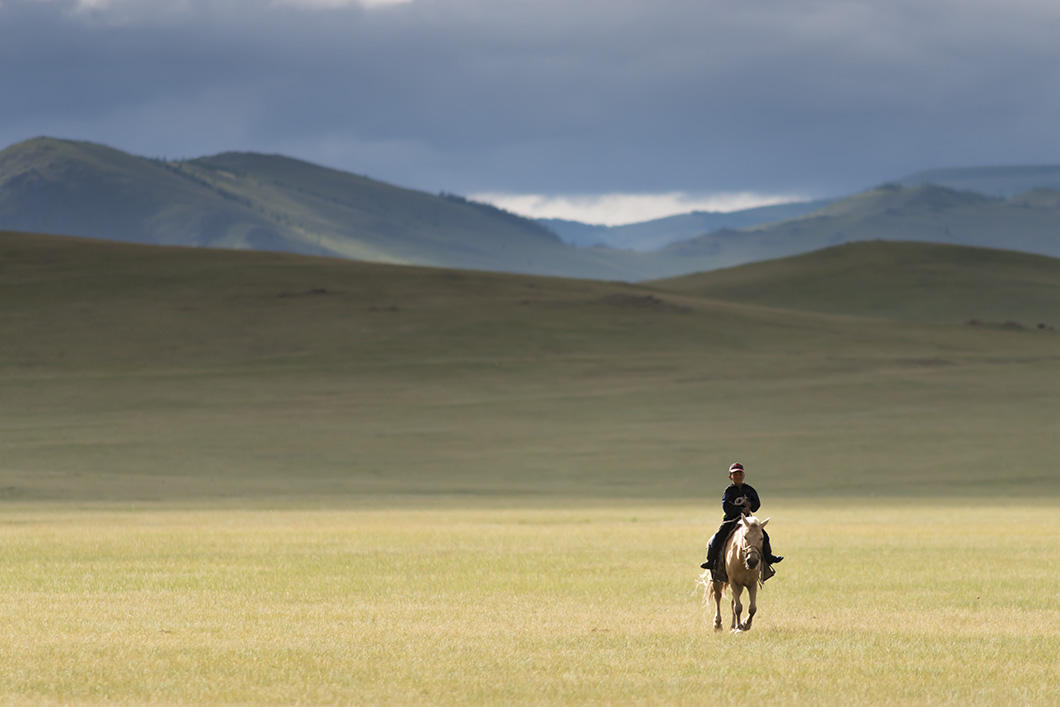
7
Slideshow mode
Three thousand years later, Mongol nomads continue to crisscross the plains of Tsatsyn Ereg and breed horses. The scientific team is also exploring their ancient know-how.
Fabrice Monna/MAP-MC/Traces/ARTeHIS/CNRS Photothèque
Explore more
Society
Article
12/02/2025
Article
11/09/2025
Article
10/20/2025
Article
10/15/2025
Article
10/03/2025
Mongolia
Article
06/28/2017
Article
07/08/2016




